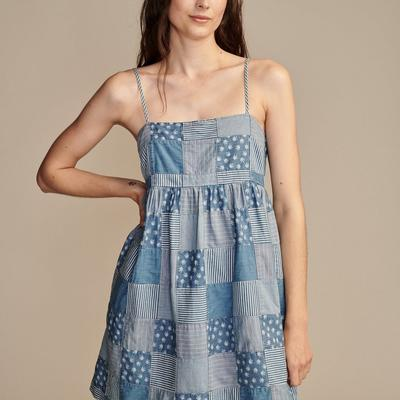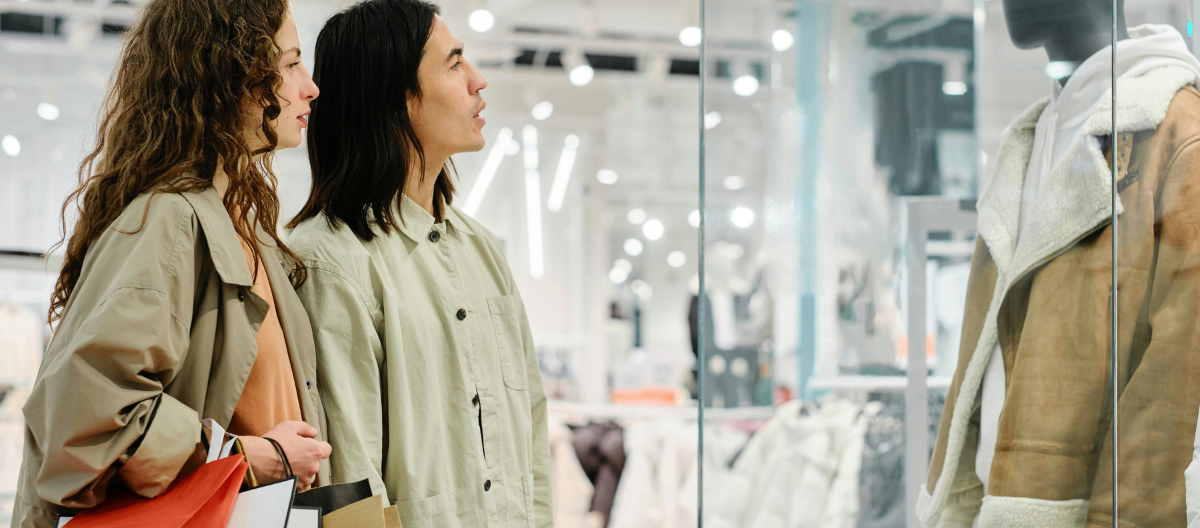Hey Diva dressing fans! When the items we love coincide with brands we work with, Diva dressing will use Paid Links in our articles. If you decide to click on these links and purchase the product, we get a small commission. Our Opinions Are Our Own, but we do add Paid Links as a way to offer these products at no added cost to our readers. Want to know more? Click Here to check out our Terms of Use anytime!
Fashion industry has faced increased pressure to embrace size inclusivity, as consumers demand more representation and options for diverse body types. The call for clothing that fits all sizes, not just the traditional standard, has led to some changes, but are brands doing enough? Here we delve into the current state of size inclusivity in fashion, examining what progress has been made and what more needs to be done.
Push for Change
Historically, fashion has catered to a narrow definition of beauty, favoring thin, tall, and predominantly white models. For decades, brands largely ignored the needs of people who did not fit this mold. However, the rise of body positivity movements, social media advocacy, and outspoken influencers has challenged these norms, leading to a broader conversation about size inclusivity.
Brands like Aerie, Savage X Fenty, and Universal Standard have been praised for offering a wider range of sizes and using diverse models in their campaigns. This shift reflects a growing awareness that all body types deserve representation and fashionable clothing options. But despite these steps forward, the reality is that many fashion brands are still far behind when it comes to genuine inclusivity.
Current State of Size Inclusivity
While some brands have made strides toward size inclusivity, it is still far from the industry standard. Most high-end designers and popular fast-fashion brands continue to limit their offerings to straight sizes, typically ranging from sizes 0 to 12. This leaves out a significant portion of the population, as the average woman in the U.S. wears between a size 16 and 18.
Even brands that claim to be size-inclusive may fall short in practice. Offering extended sizes is not enough if those options are only available online or come at a higher price. For size inclusivity to be truly meaningful, it must include:
- Comprehensive size ranges that go beyond token inclusivity (i.e., offering one or two plus-size items).
- Equal accessibility in-store and online, ensuring that plus-size consumers can shop alongside their straight-size counterparts.
- Consistent fit and quality across all sizes, not cutting corners with sizing up patterns or using lower-quality materials for larger sizes.
Challenges to True Inclusivity
One of the key challenges in achieving true size inclusivity is the complexity of creating clothes that fit a wide variety of body types. Some brands argue that expanding their size ranges requires additional time and resources, as patterns must be adjusted and tailored for different shapes and proportions. While this is a legitimate consideration, many critics argue that this excuse perpetuates the exclusion of larger sizes.
Another issue is the continued stigmatization of plus-size consumers. Many brands still view larger sizes as niche, rather than a normal part of their customer base. As a result, they offer extended sizes as an afterthought, rather than integrating them into their overall design strategy. Moreover, the reluctance of some luxury brands to embrace size inclusivity reinforces the idea that fashion is still an exclusive club meant for thin bodies.
Brands Leading the Way
Despite these challenges, several brands have emerged as leaders in size inclusivity, proving that it’s possible to cater to all body types without sacrificing style or quality. Here are some examples:
- Universal Standard: This brand is often lauded for offering the most inclusive size range in the industry, from sizes 00 to 40. Universal Standard not only provides a wide array of sizes, but it also focuses on delivering high-quality fabrics and thoughtful designs for all customers.
- Savage X Fenty: Rihanna’s lingerie brand has been a trailblazer in body inclusivity, offering a wide range of sizes from XS to 4XL. The brand’s marketing campaigns feature models of all shapes, sizes, and ethnicities, reflecting the diversity of its customers.
- Aerie: Known for its body-positive approach, Aerie has been a leader in inclusivity by using unretouched images of models in various sizes, from petite to plus. The brand’s campaign “Real Power, Real You” emphasizes body diversity and empowerment.
- Eloquii: Specializing in plus-size fashion, Eloquii has built a strong reputation for offering trendy, stylish clothing in sizes 14-28. The brand’s success highlights the demand for fashion-forward clothing for larger bodies.
What Still Needs to Change
While some progress has been made, there is still a long way to go in making size inclusivity the norm in fashion. For brands to truly embrace inclusivity, they must adopt a mindset shift that recognizes and values all body types, not just as a marketing strategy but as a genuine commitment to their customers.
Here’s what needs to happen:
- Normalization of Size-Inclusive Ranges: Size inclusivity should be standard across the board, with all brands offering a full size range, not just specialty stores or niche lines. The average woman should not have to shop at separate stores because her size is deemed “outside the norm.”
- Diverse Representation in Campaigns: Representation in fashion campaigns and runway shows should reflect the full spectrum of body types. Seeing bodies of all shapes, sizes, and ethnicities in mainstream fashion helps to break down harmful stereotypes and empowers consumers to embrace their own bodies.
- Equal Pricing and Quality: Plus-size clothing should not cost more or be made from inferior materials. Brands must prioritize quality and fit for all customers, rather than seeing larger sizes as an extra expense or challenge.
- Brick-and-Mortar Availability: Larger sizes should be available in physical stores, not relegated to online-only sections. This helps create a shopping experience that is inclusive and convenient for all.
Consumer’s Role in Shaping the Future
Consumers hold significant power in driving the demand for size inclusivity. By supporting brands that prioritize inclusivity and holding companies accountable for their lack of representation, shoppers can push the fashion industry toward a more equitable future.
- Vote with your wallet: Support brands that offer true size inclusivity and are transparent about their ethical practices. Avoid brands that claim to be inclusive but fail to deliver on their promises.
- Engage on social media: Social media is a powerful tool for amplifying voices and creating change. By calling out brands for their lack of inclusivity or praising those who are leading the way, consumers can influence industry trends.
Here are some products you can try on
Michael Kors Stretch Knit Belted Dress $195.00

Michael Kors Embellished Stretch Viscose Mini Dress $225.00
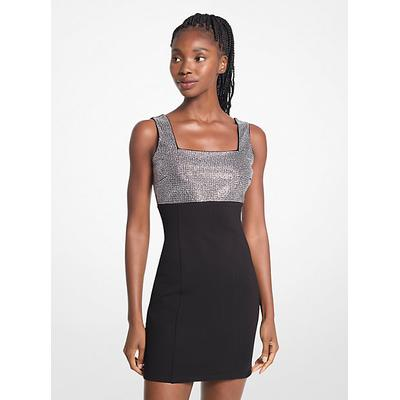
Michael Kors Palm Sequined Tulle Dress $149.06
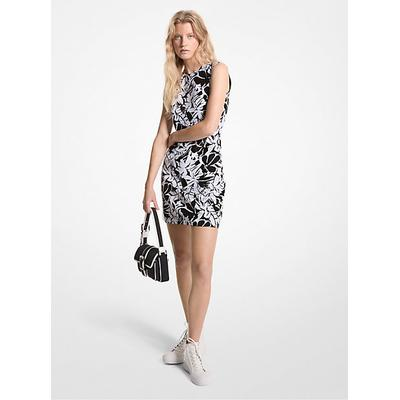
Michael Kors Stretch Organic Cotton Lace-Up Dress $154.88
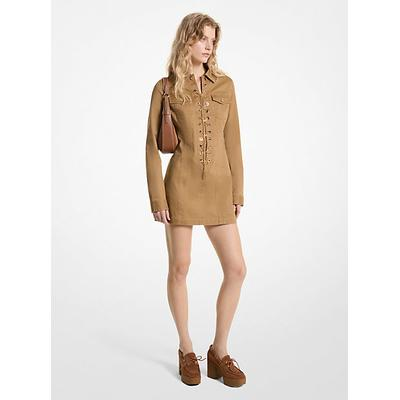
Lucky Brand Lace Up Peasant Blouse $11.89
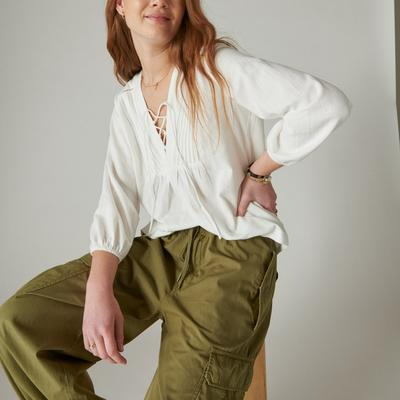
Lucky Brand Sleeveless Pintuck Blouse $41.70
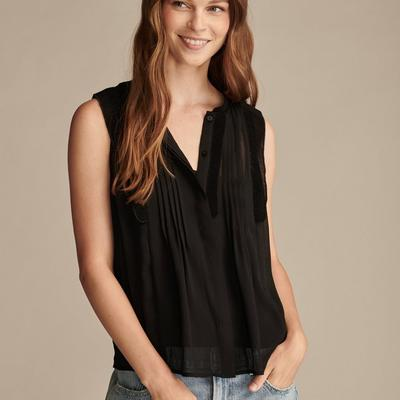
Lucky Brand Beachy Breazy Maxi Dress $34.99
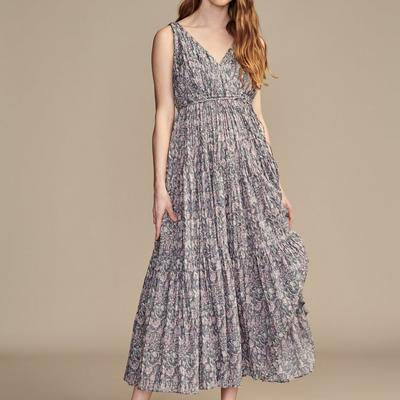
Lucky Brand Strapless Linen Overlay Midi Dress $34.99
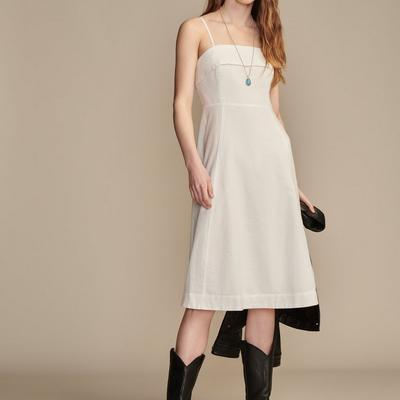
Lucky Brand Highest Quality Denim Patchwork Cannabis Mini Dress $41.99
